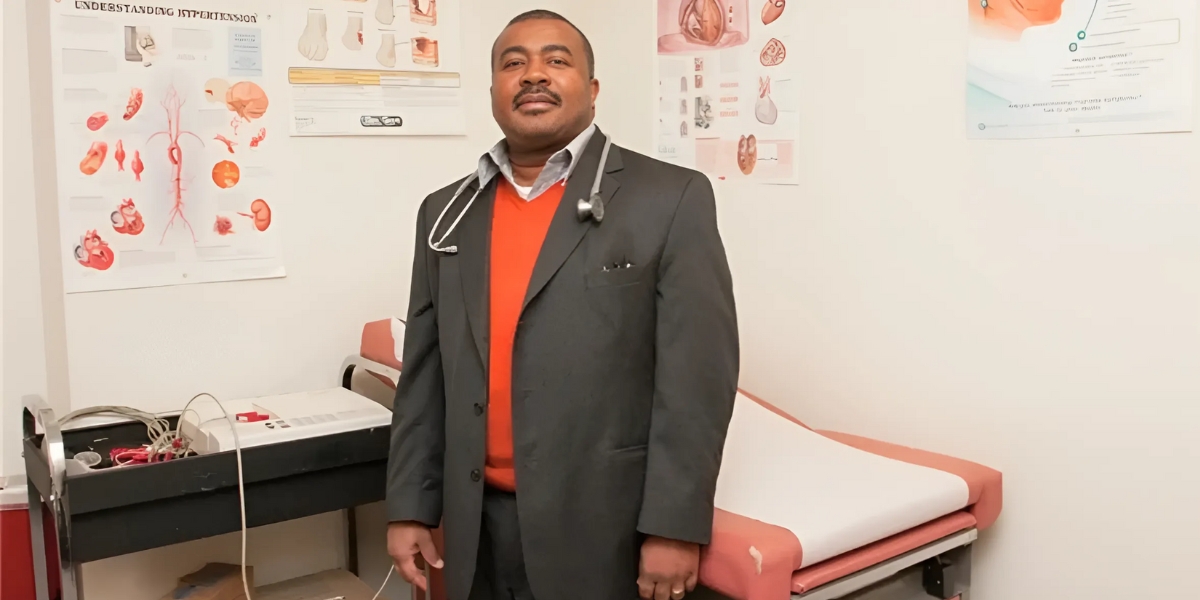In the sprawling expanse of rural areas, access to quality healthcare has long been a challenge. With vast distances separating communities from medical facilities and a shortage of healthcare professionals, emergencies in these regions can quickly escalate into dire situations. However, advancements in emergency medicine, spearheaded by pioneers like Gianluca Cerri MD, are gradually bridging this gap, bringing life-saving innovations to remote corners of the world.
Emergency medicine in rural areas faces unique hurdles, primarily stemming from the scarcity of resources and expertise. Limited access to hospitals equipped with specialized emergency care facilities means that rural populations often rely on local clinics or general practitioners for urgent medical attention. However, these facilities may lack the infrastructure and personnel necessary to handle complex emergencies effectively.
In response to these challenges, innovators like Gianluca Cerri MD have been instrumental in developing solutions tailored to the needs of rural healthcare systems. One such innovation gaining traction is telemedicine. By leveraging technology to connect patients in remote locations with healthcare providers, telemedicine enables timely assessment and triage, reducing the need for physical transport to distant hospitals. During his time as a flight physician from 2005 to 2008 with LifeFlight at UMass, Dr. Cerri firsthand experienced the critical role of rapid medical response in remote areas, further fueling his commitment to telemedicine’s expansion.
Telemedicine platforms allow rural healthcare providers to consult with specialists in real-time, facilitating prompt decision-making and improving patient outcomes. Moreover, telemedicine can extend the reach of specialized emergency care to underserved areas, empowering local healthcare teams to deliver high-quality treatment even in resource-limited settings.
Another key innovation driving progress in rural emergency medicine is the use of point-of-care ultrasound (POCUS). Traditionally confined to hospital settings, POCUS devices are now becoming increasingly portable and affordable, making them valuable tools for rural healthcare providers. With POCUS, clinicians can quickly assess patients for conditions such as trauma, cardiac abnormalities, and abdominal emergencies, aiding in rapid diagnosis and treatment planning.
Gianluca Cerri MD, a leading advocate for POCUS integration in emergency medicine, emphasizes its transformative potential for rural healthcare. “Point-of-care ultrasound allows clinicians to gather critical diagnostic information at the bedside, reducing the need for unnecessary transfers and improving patient outcomes,” says Dr. Cerri. “By equipping rural healthcare providers with this technology, we can enhance the quality of emergency care in underserved communities.” His leadership as the Lifestar medical director in 2008-2009 in Amarillo underscored the importance of integrating advanced diagnostic tools like POCUS in aeromedical services, enhancing the capabilities of emergency response teams in rural settings.
Furthermore, advancements in medical transportation play a crucial role in bridging the gap in rural emergency medicine. In remote areas where access to hospitals is limited, aeromedical services offer a lifeline for patients in critical condition. Helicopter emergency medical services (HEMS) can rapidly transport patients from remote locations to advanced care facilities, significantly reducing the time to definitive treatment. Dr. Cerri’s experiences in aeromedical roles have informed his understanding of the logistical and operational challenges faced in delivering emergency care in rural environments, leading to innovative approaches that improve patient outcomes.
However, challenges such as weather conditions and geographical obstacles can hinder the effectiveness of aeromedical transport in rural areas. To address these challenges, innovators are exploring technologies like unmanned aerial vehicles (UAVs) for medical delivery and evacuation. UAVs equipped with medical supplies and emergency equipment can reach remote communities quickly, providing vital support until formal medical assistance arrives.
In addition to technological innovations, interdisciplinary collaboration plays a pivotal role in improving rural emergency medicine. Partnerships between healthcare providers, government agencies, academic institutions, and community organizations are essential for developing sustainable solutions tailored to the needs of rural populations. Gianluca Cerri MD underscores the importance of collaboration in advancing rural healthcare. “By working together across disciplines and sectors, we can identify synergies and leverage resources more effectively,” notes Dr. Cerri. “Ultimately, our collective efforts can make a tangible difference in improving access to emergency care for rural communities.”
Education and training initiatives are also essential components of bridging the gap in rural emergency medicine. By providing healthcare providers in rural areas with specialized training in emergency care, we can enhance their capacity to manage diverse medical emergencies effectively. Simulation-based training programs, continuing medical education courses, and mentorship opportunities can empower rural clinicians with the skills and confidence needed to deliver high-quality emergency care.
In conclusion, innovations in emergency medicine, championed by pioneers like Gianluca Cerri MD, are revolutionizing rural healthcare delivery. Through telemedicine, point-of-care ultrasound, aeromedical transport, and interdisciplinary collaboration, we are overcoming the barriers that have long hindered access to emergency care in remote areas. By embracing these innovations and fostering partnerships, we can ensure that all communities, regardless of their geographic location, have access to timely and effective emergency medical services.
Published by: Holy Minoza









